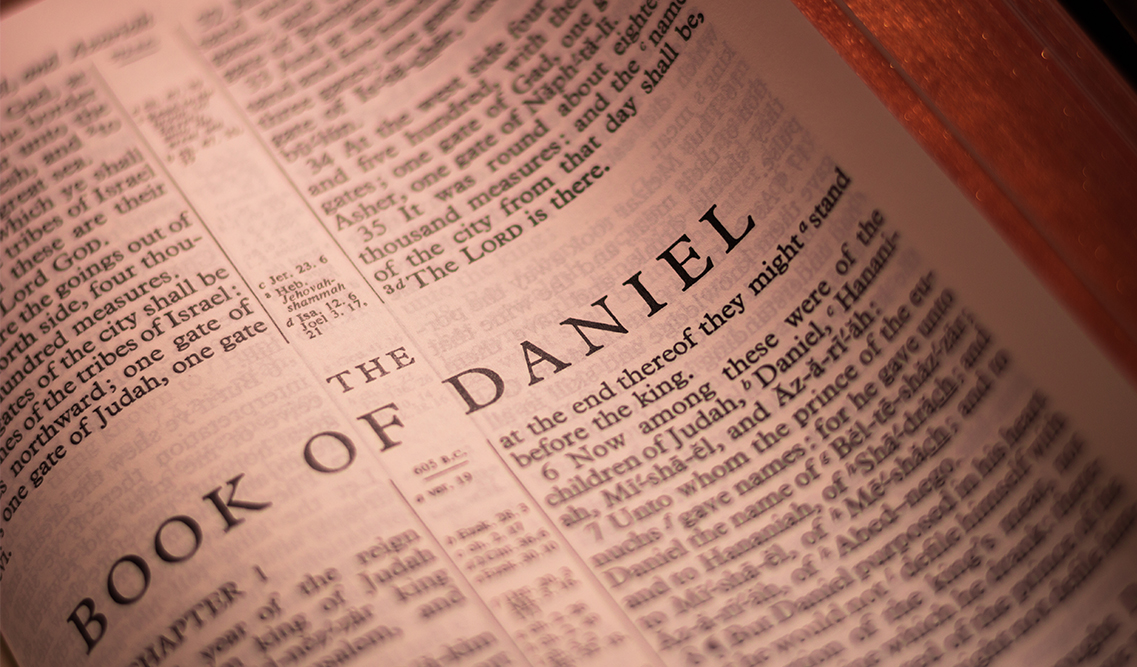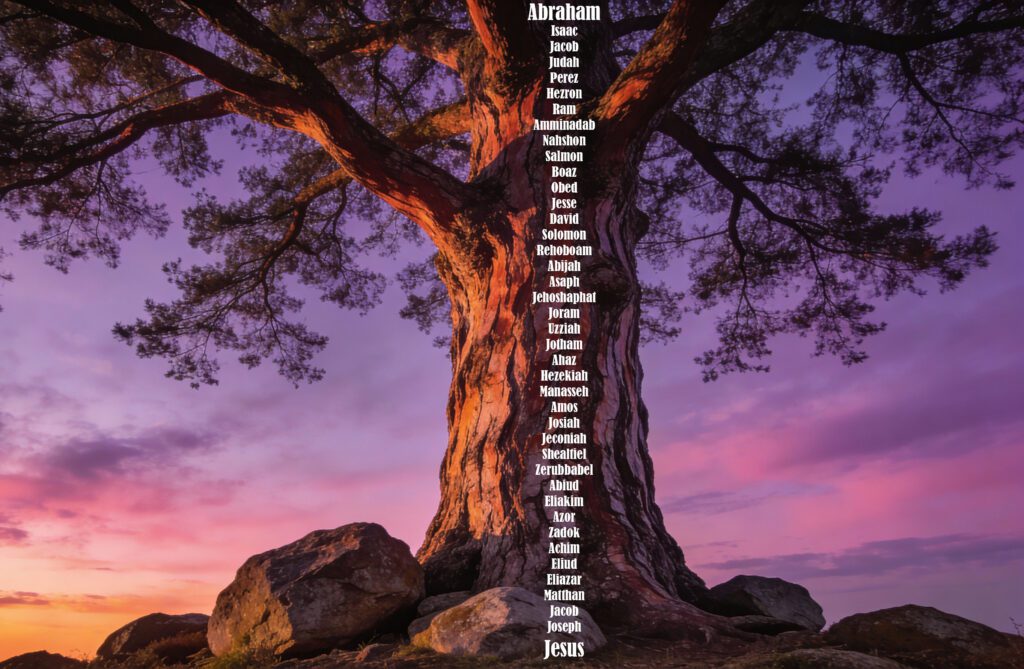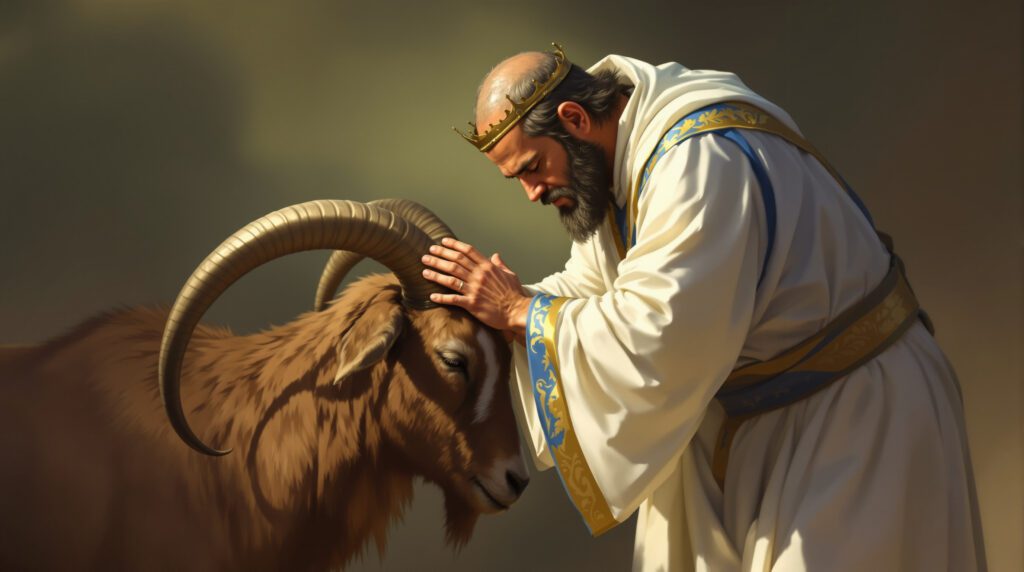This post will conclude our study of Daniel’s Seventy Weeks. There is one week not yet discussed. It is our understanding of this final week which will bring an appreciation for the title of this series: An Amazing Prophecy, and far more important, an appreciation for the significance of this prophecy itself. It is for that reason, that I will devote the entire blog to shed light on the final week.
In the previous three blogs we examined the prophecy of Daniel’s Seventy Weeks found in the ninth chapter of the book of Daniel. In the last two, we focused on the meaning of the first sixty-nine weeks (period of seven years) which is 483 years. We saw that from the going forth of the command to restore Jerusalem (which occurred around 457 B.C) to the appearing of the Messiah approximately brings us to the year 26 A.D. That was around the time of the baptism of Jesus by John in Jordan and to the dawning of the public ministry of Messiah. All four Gospel accounts begin with Jesus’ baptism as the starting point of his public ministry. Two of the accounts actually contain accounts of his infancy, but they all agree that his public ministry began with John’s baptism.
Yet, there is one week (7 years), left that is still unaccounted for− the infamous Seventieth Week of Daniel which many view as being yet future to us. I grew up learning the traditional futurist view; that between the sixty-nine and seventieth week is a two-thousand-year gap, separating the final week from the first sixty-nine. That final week (according to this view) still awaits us in the future. The Dispensationalists refer to it as the Great Tribulation; that seven-year period in which the Antichrist will be revealed and make war on the saints.
But viewing the text carefully (Daniel 9:25-27) there is no indication that there is a two-thousand-year gap between the sixty-nine and seventieth week. Indeed, the text reveals nothing of the sort. It is not derived from the text but imposed on it by the acceptance of a theological system known as Futurism. In other words, a straight reading of the text would never even hint that there is a gap of any sort between the sixty-ninth and seventieth week. It can only be viewed this way by accepting the futurist interpretation of the text. The text itself reveals no such thing.
And we should all be concerned about this for another reason which is far more important. It is that in verse 27, whereas Gabriel continues to speak of Messiah (“an anointed one”) in verse 26, Dispensationalists insist that verse 27 refers not to the Messiah, but to the Antichrist. It is no small matter that a text which clearly speaks of Messiah Himself is distorted in such a way so as to speak of Antichrist rather than Christ.
Let us look at a plain reading of verse 27. We saw that after 69 weeks Messiah (“an anointed one”) shall be cut off and shall have nothing. This is followed by what is clearly a reference to Prince Titus who destroyed both city and sanctuary in 70A.D (“And the people of the prince who is to come shall destroy the city and the sanctuary. Its end shall come with a flood, and to the end there shall be war. Desolations are decreed”). Then, it refers back to Messiah who would “make a strong covenant with many for one week, and for half of the week he shall put an end to sacrifice and offering” (9:27). The three Synoptic Gospels all record the night that Messiah made a covenant with his closest friends in the Upper Room. It was during the institution of the Lord’s Supper that he made a strong covenant with the many.
What is the meaning of the statement, “and for half of the week he shall put an end to sacrifice and offering?” Half of seven is three and a half, and that is the exact period of our Lord’s public ministry. What happened at the halfway mark of that final week? Daniel already answered that question when he stated, “an anointed one shall be cut off” (vs 26). It was by his death on the cross that Messiah did away with sacrifice and offering. Even though the temple stood for another forty years after his death, it effectually did away with sacrifice and offerings. Those offerings were an abomination to God after Messiah appeared as our great High Priest and did away once for all with those shadowy sacrifices offered under the Old Testament.
That leaves a final three and a half years to the completion of the seventieth week. We should remember that Daniel was told by Gabriel that “seventy weeks are decreed about your people and your holy city, to finish the transgression, to put an end to sin, and to atone for iniquity, to bring in everlasting righteousness, to seal both vision and prophet, and to anoint a most holy place” (9:24). That means that God would fulfill his decrees about Israel and Jerusalem within that time frame. What does that mean when it comes to the final three and a half years? Let me explain.
If you count three and a half years from the death of Messiah, we come to the stoning of Stephen. Why is that significant? The stoning of Stephen is the signal event that opened the door for Gentile evangelism. In other words, the stoning of Stephen meant that the Gospel was no longer focused exclusively on Israel but now was universally being offered to Gentiles throughout the world. God has fulfilled his plan for Israel and opened a door to the Gentiles to be saved.
I hope you enjoyed these blogs and that this study has caused you to be open to a different view of prophecy than what most people have considered.





0 Comments